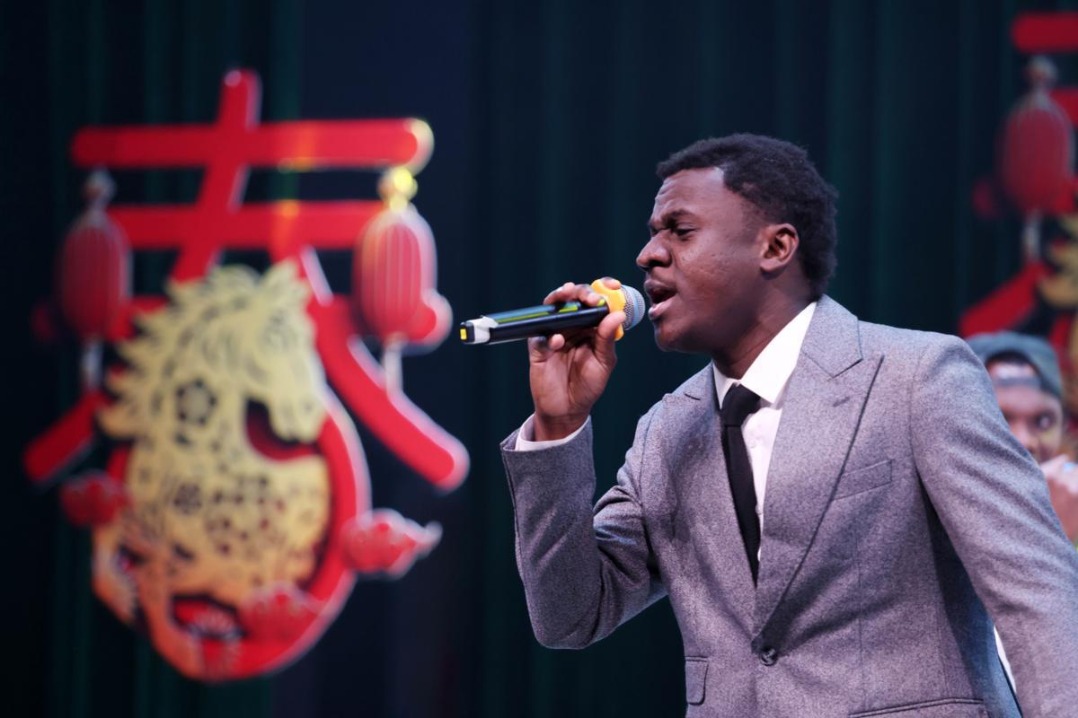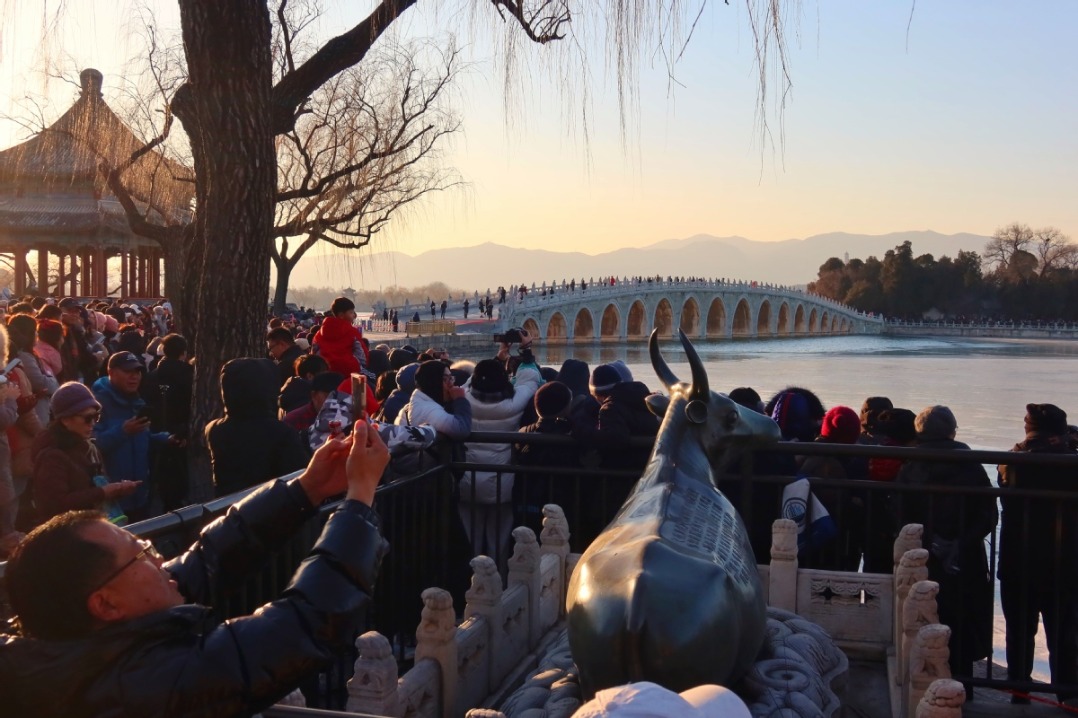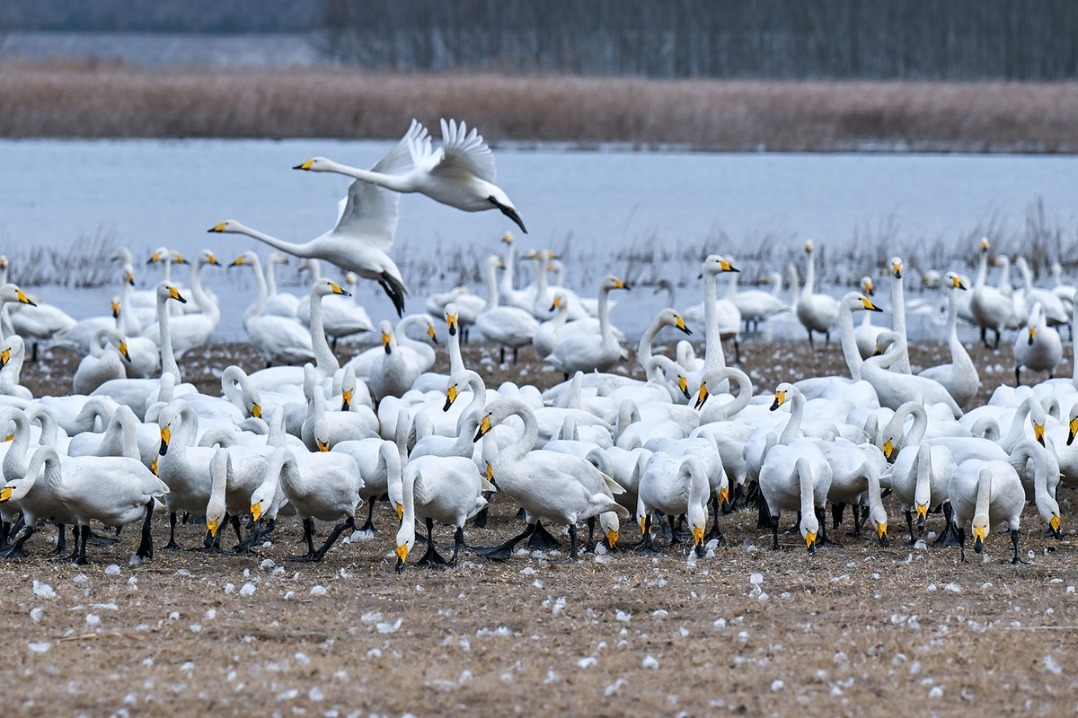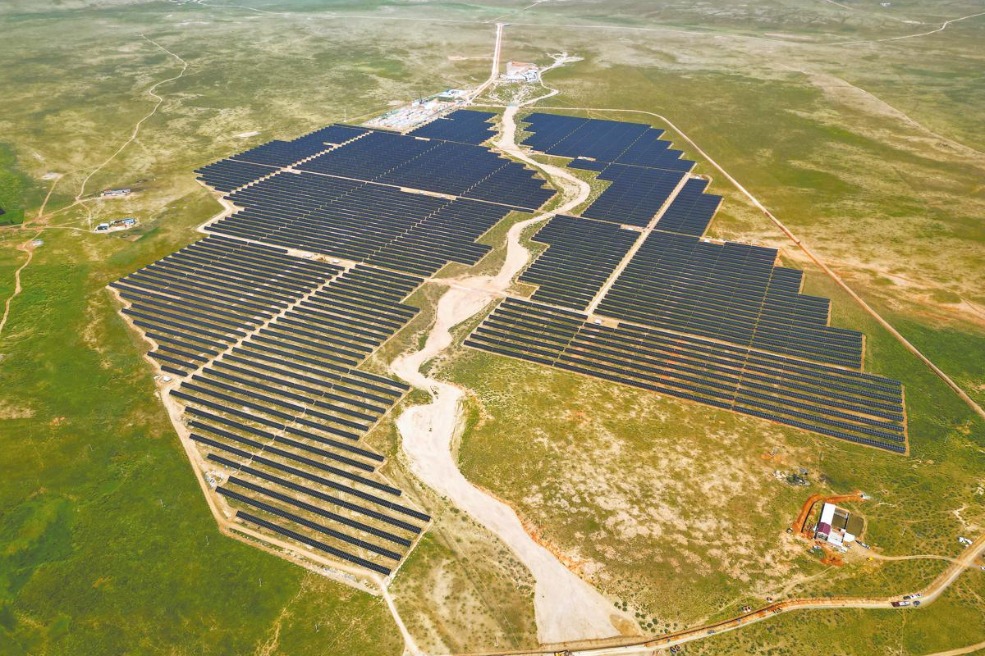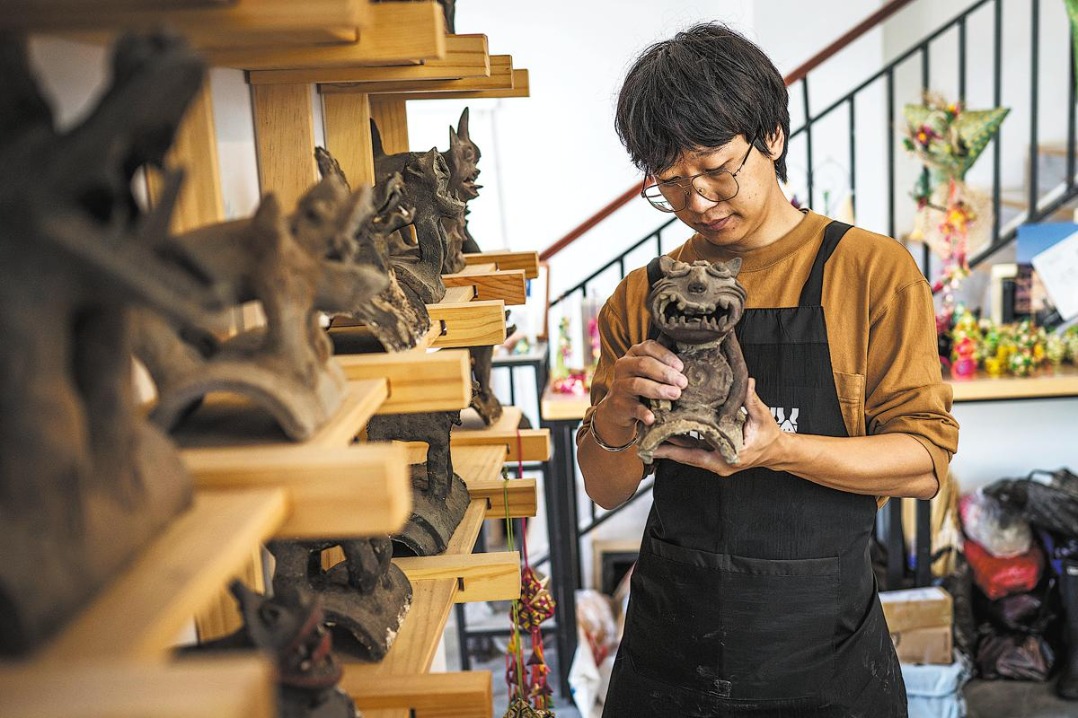What they say

Editor's note: The State Council Information Office held a group interview on Monday in Beijing on strengthening heritage conservation to carry forward Chinese civilization. Five representatives from the field of cultural relics protection share their stories.
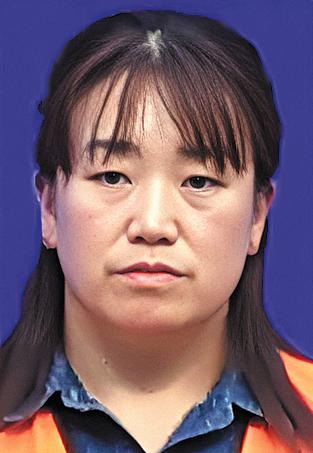
I have worked as a Great Wall protector for six years and my family members are highly supportive of the work I do. Once I sprained my ankle when going downhill and saw it swelling up. My husband said, "You stop patrolling it today, I will do it for you." That made me feel very happy. I love the Great Wall, so do my family members and villagers ...I feel the Great Wall serves as a great symbol of spirit. As a protector, I will safeguard it like I protect my home.
Liu Hongyan, a Great Wall protector in Shixia village, Badaling town, Yanqing district, Beijing
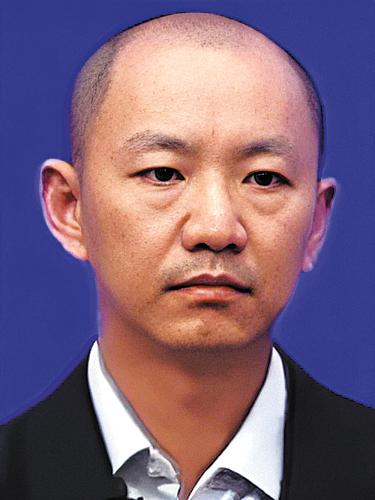
Participating in the national census of cultural relics twice, I have found that local people are actually the primary protectors of cultural relics …When our team reaches villages and tells the people that we are there to take the census of Karez well systems, they happily gather people who are familiar with the systems to share details about basic situations, history and evolution, protection and use of the systems … They support our protection of cultural heritage with their concrete actions.
Wang Long, an associate researcher at the Academia Turfanica in Turpan, Xinjiang Uygur autonomous region
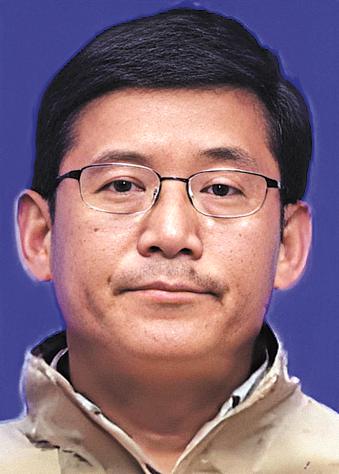
In recent years, breakthroughs have been made in archaeological studies in the Xizang autonomous region in Paleolithic and Neolithic eras and the Metal Age. … Recent discoveries have pushed the timeline of the Paleolithic era in Xizang from not exceeding 10,000 years in the past to ranging from 100,000 years to 10,000 years ago. Some people believed the areas in Xizang, with high altitude, extreme coldness and lack of oxygen, might be inhabitable for human living and we could not find such early sites in Xizang. But that's not true.
Shargan Wangdue, deputy director of the Institute for Conservation and Research of Tibetan Cultural Relics in Lhasa, Xizang autonomous region
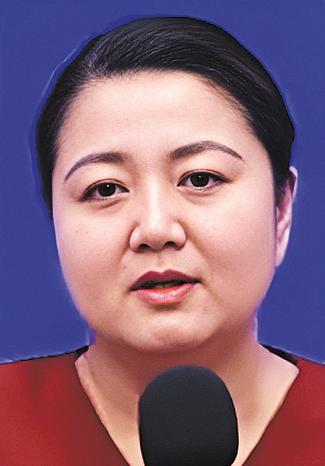
Working as a tour guide for more than two decades, I have a deep feeling that we are not only promoters of culture, but also protectors of cultural relics. Therefore, when training tour guides, I require them to integrate ideas of protecting the relics in their explanation of the splendid Dunhuang culture, so that visitors can gain a concept of protecting cultural relics and understand their fragility, preciousness and non-renewability.
Song Shuxia, deputy director of the cultural promotion department at the Dunhuang Academy in Dunhuang, Gansu province

As a frontline researcher, I have deeply felt that when working in Cambodia, good international cooperation and communication have given me confidence, strength and a strong sense of responsibility regarding cultural relics protection. Therefore, I have set high standards for my work in restoring ancient buildings in Cambodia, been strict with the quality and safety of our projects and carefully measured every stone architectural component and artifact unearthed. I want to give full play to China's cultural relics protection techniques and ideas in the Angkor Wat temple complex.
Liu Hanxing, a researcher at the China Academy of Cultural Heritage in Beijing
- Draft law enhances polar activities, security in Antarctica
- International students celebrate New Year in Shanxi gala
- China mulls Trademark Law amendment to build world-class business environment
- University students explore seal engraving art in Shanghai
- Chinese researchers uncover record-high evidence of ancient human activity on eastern Qinghai-Tibet Plateau
- China's draft law on childcare services submitted for first reading
















